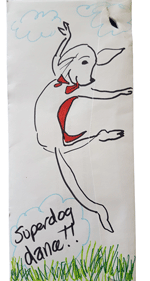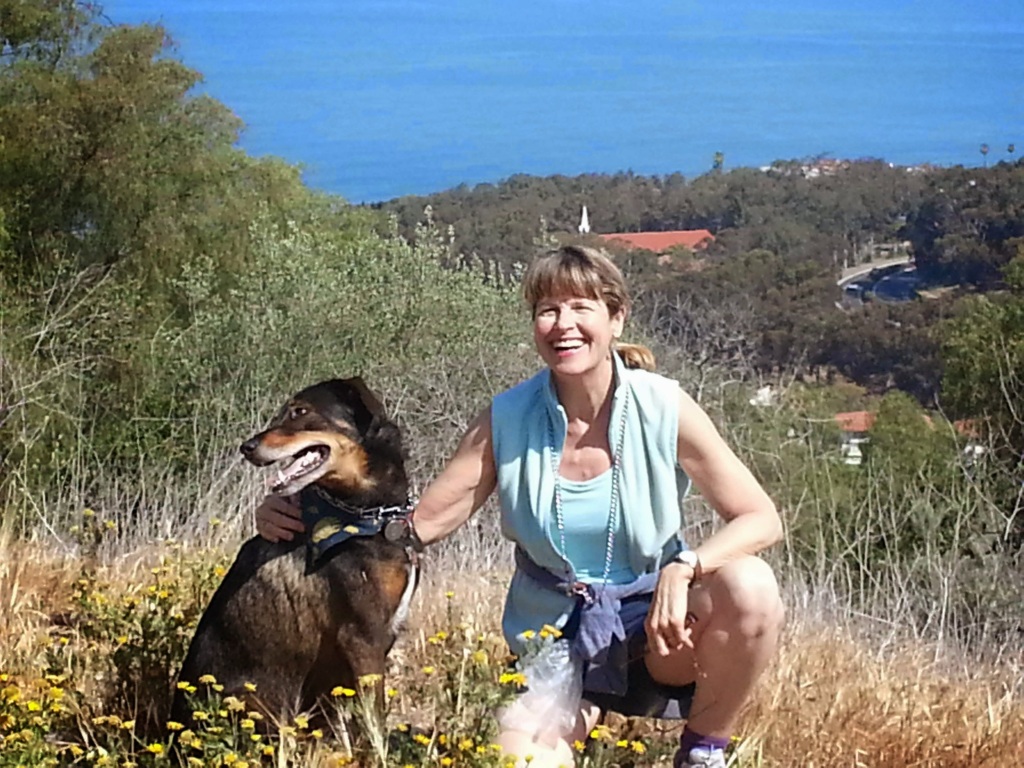Tags
April Halprin Wayland, interview, Janet Wong, Myra Cohn LIvingston, Orange Marmalade, Paige Vinten Taylor, poetry, poets, Pomelo Books, publishing, Sylvia Vardell, TeachingAuthors.com, UCLA, writing, writing tips
by Paige Vinten Taylor
In her own words, April Halprin Wayland is “a writer, a mother, a wife, a speaker, a fiddle player, an organizer, a teacher, a poet, a doodler (see blog posts), a daughter, a sister, a performer, a storyteller, a peace activist, a traveler, a walker, a hiker, a meditator, an aqua farmer, a sun farmer, an animal lover, a cloud collector, a procrastinator, an infrequent twitterer, facebooker (sometimes) and instagramer. All!”
Paige Vinten Taylor: Welcome to Kite Tales, April. We’re so glad you’re here with us to talk everything poetry. Can we begin at the beginning? When did you first decide that you loved poetry?
April Halprin Wayland: It’s lovely to be here, Paige. Thank you for inviting me. It wasn’t that I picked poetry so much as that poetry picked me. I think it was contextual and environmental. My sister was a journalist, so that column was checked. Also, journalism was factual—black and white, and either right or wrong—which didn’t work for me. I think poetry is how my brain works. Maybe it’s my preference to come at something emotional sideways, you know, metaphorically, instead of saying, “I’m angry at you,” saying, “I want to step on the pinecone.”
I Have To Write
—April Halprin Wayland, excerpt from her novel in poems Girl Coming in for a Landing
I have to write.
A splinter pushes up through my skin
and I can’t sleep
until this sliver of words
works its way out.
PVT: Was there anyone in particular who inspired you?
AHW: My father was very poetic. He was a farmer. We had 300 acres of walnuts in Northern California. My mother was a concert pianist, and her career depended upon her being in Los Angeles. My father would drive back and forth 500 miles all throughout their marriage to see us because he had such respect for my mother’s career. When he was up north, he would write us letters with poetic descriptions of rabbits and draw pictures of them, and describe a nearby river. Just a poetic personality. Maybe it’s coincidence, but my first picture book—a poem, really—was about two rabbits, To Rabbittown.
PVT: You write in multiple modes, both poetry and prose. Do you have a preference between those, or is it just the topic and where your heart is leading you?
AHW: I had so many years with poet Myra Cohn Livingston—I studied with her for over twelve years—that when I approach any writing, I align it like a poem. My manuscripts, especially picture books, they’re like stanzas. Even the novels I’ve written, like Girl Coming in for a Landing, are novels in poems. That’s what works for me. That’s what happens. When I try writing a bigger story, I lose track of it. I can’t seem to embrace it all. I’ve just had to accept, accept, accept what makes me happy rather than what I think I should do. I tell people our job is to figure out what our fingerprint is.
PVT: How do you keep yourself accountable in your practice?
AHW: So, through the SCBWI, I met one of my closest friends, Bruce Balan. He and his wife live on a boat and sail around the world. Some years back, I began writing and sending him a poem a day. Then he began sending me one back. He’s a fabulous writer. A few years into this exchange, between the poems and my journaling and teaching, I was feeling a little sapped by the pace. I wrote Bruce, and I said that I didn’t think I could continue with the poems. He replied, “I don’t think you understand. Every day I cook dinner. And every day after dinner, when my wife is cleaning up, I open up the laptop and read your poem aloud. … We need you.” And that transformed everything. Suddenly I was in service. It changed how I thought of it. It wasn’t so much a burden. It was this gift. Now we have written 10,000 daily poems between us. When I recently described this to a high school teacher who was interviewing me about motivational advice for writers, the teacher said, “Oh I get it—in other words, find your Bruce.” And I thought, yes, that’s it. Find your Bruce.
PVT: I admire poet Myra Cohn Livingston and have gone through multiple well-thumbed copies of her craft book Poem-Making: Ways to Begin Writing Poetry. As you mentioned, you knew Myra very well. Tell us about that experience and what you took away from working with her.
AHW: I studied with Myra in her legendary master classes at UCLA Extension. Myra seemed like one of those stern English teachers, but her comments were very loving. When she would write letters to us, her students, they were so kind. She really embraced the poets in her master class. Every single person in that class became a teacher and a well-published poet. As for my takeaway, one of her famous quotes was, “Tell me something new, or tell me something familiar in a new way. Make it fresh.” Another thing she always said was that with children’s poetry, you want to focus on one thing. People challenge that now, and it’s not always true, but it helps me get centered when I write. Something else she said was: Leave children with hope.
Myra was also adamant that we go outside and observe. A central exercise I give my own students stems from this. I have them go out and sit down in front of something stationary and look at it for ten minutes. The challenge is to observe with the two parts of your brain. The scientist: so that everyone sitting next to you would say, yes it’s as tall as that building, yes, it has five branches, yes, its trunk is this thick. And then the imaginative side: the bark reminds me of my grandma’s hand; the trunk that’s breaking, that’s my parents not getting along right now. You write those observations down in two columns. Then you circle just one item, and you get to write a poem about it. But the observation, that’s key. You wouldn’t think of those things, wouldn’t write what you write, without taking that time. Ten minutes is a long time for us, right?
PVT: Fabulous exercise. I hope our readers will try it!
AHW: I hope they do!
PVT: Your website and Teaching Authors, which you’re deeply engaged with, offer a chance to read more of your work—and more resources for writing and enjoying poetry. And, of course, there are your classes through the UCLA Extension Writers Program. Are there any other people or programs you’d like to highlight here?
AHW: There are so many wonderful resources. In addition to SCBWI and Teaching Authors, which is led by Carmela Martino … Janet Wong has twenty books published and is always way ahead in thinking about the world and poetry. Sylvia Vardell was a teacher-of-teachers through Texas Women’s Tech. The two of them began publishing poetry about ten years ago through their company, Pomelo Books. They work with a cadre of young poets and also offer publishing and craft workshops for children’s poets. And Orange Marmalade is a beautifully enticing blog, primarily focused on picture books, with a generous page of children’s poetry books. (Well worth subscribing to, even if you’re subscribing to too many newsletters already. Trust me.)
PVT: Thank you, April, this talk has been wonderful, truly an inspiration.
AHW: A pleasure. Thank you for inviting me to Kite Tales.



This interview has been edited and condensed for brevity and clarity.
For more fantastic content, community, events, and other professional development opportunities, become a member today! Not sure if there is a chapter in your area? Check here.
Paige Vinten Taylor is a longtime member of SCBWI. She has poems and short stories published in a variety of magazine and journals, including Highlights for Children, Turtle, The Saturday Evening Post, and Light: A Journal of Light Verse.
“I Have to Write” and envelope doodles © April Halprin Wayland. Used with permission. Author photo by Sonya Sones. Photos courtesy of April Halprin Wayland.





Wahoo, April — keep writing. Like Bruce & his wife, the world needs you.
LikeLike
Pingback: Latest Kite Tales | PB Rippey Writes
What a lovely, fascinating interview. Thanks to both of you and thank you for your kinds words about Orange Marmalade.
LikeLike
That amazing reply from Bruce Balan — Find Our Bruce, indeed. I love the writing exercise with the 2 ways of seeing, and will be trying that. This interview is full of gems. I regret missing your classes at UCLA, April! — hope you will be back there again at some point. Thank you, April and Paige.
LikeLike